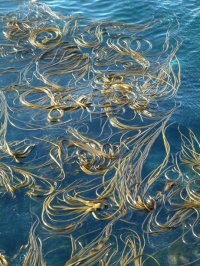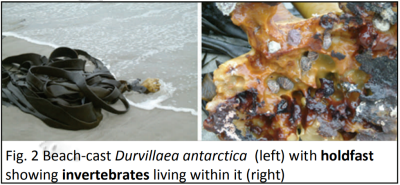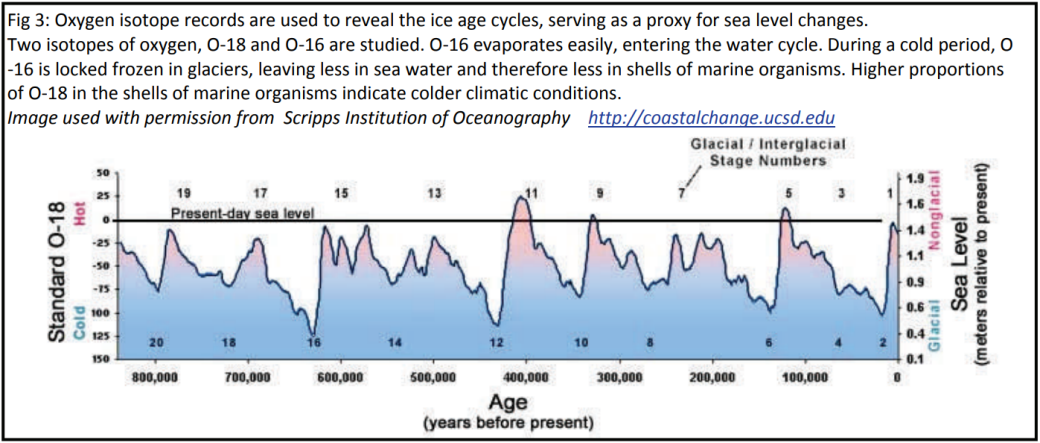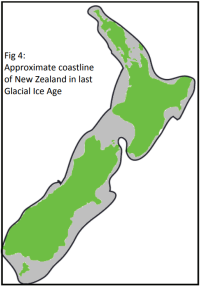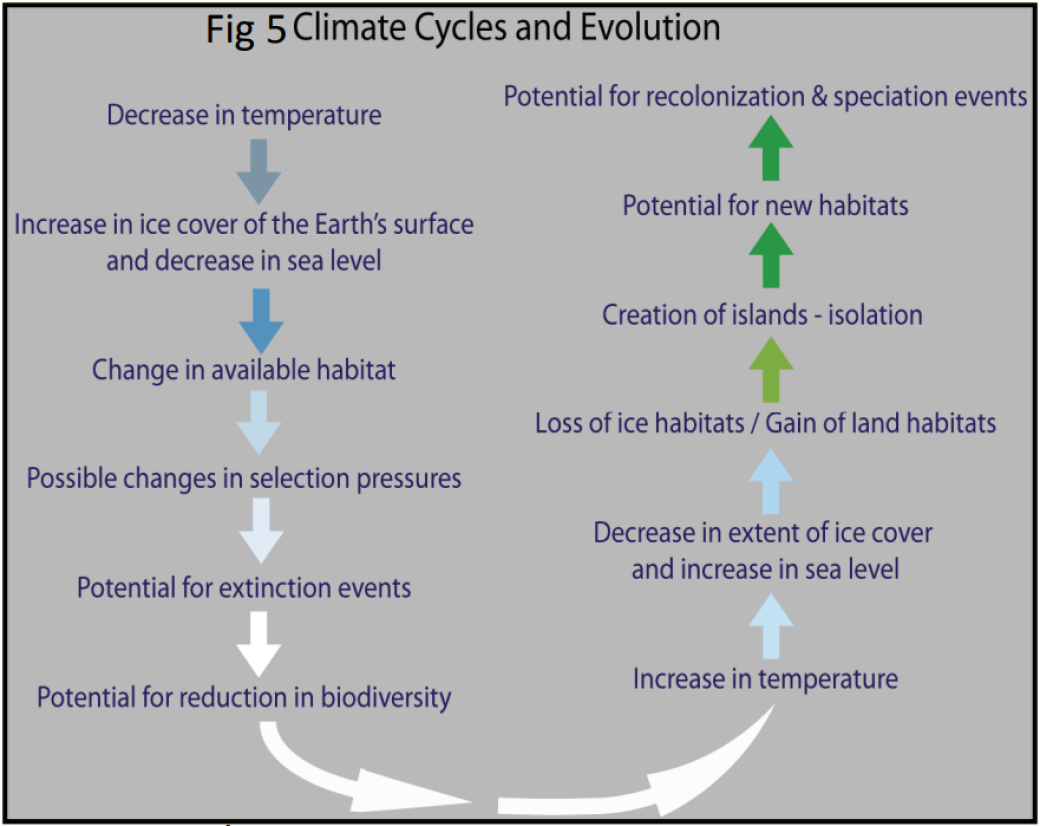Google climate change and you will see an array of headlines, blogs and websites, all with differing information, issues and opinions.
Scientists understand that cycles of climate fluctuation are a natural and on‐going part of Earth’s climate systems. However, since the early 1970s scientists have been concerned at the effect of increased greenhouse gases in the atmosphere resulting from human activities. These increased greenhouse gases are raising temperatures and destabilising the Earth’s climate systems. They are changing the natural climate cycles.
Natural climate cycles are an important part of the Earth’s systems that cause changes in the physical (abiotic) environment and, through these changes, impact on the biotic environment within ecosystems. These environmental changes may alter selection pressures that could result in changes to the distribution patterns of species.
Allan Wilson Centre Post Doctoral Fellow Ceridwen Fraser’s PhD saw her spend three years unravelling a story of the impact of climate cycles that is hidden in the DNA of Southern Bull Kelp (Durvillaea antarctica). Using modern biotechnologies to analyse DNA from Bull Kelp samples collected from the coastline of New Zealand, Southern Chile and Sub‐Antarctic Islands, Ceridwen discovered evidence that in the last ice age the sea ice was more extensive than previously thought, and that this has affected the distribution of populations of kelp that we see today.

